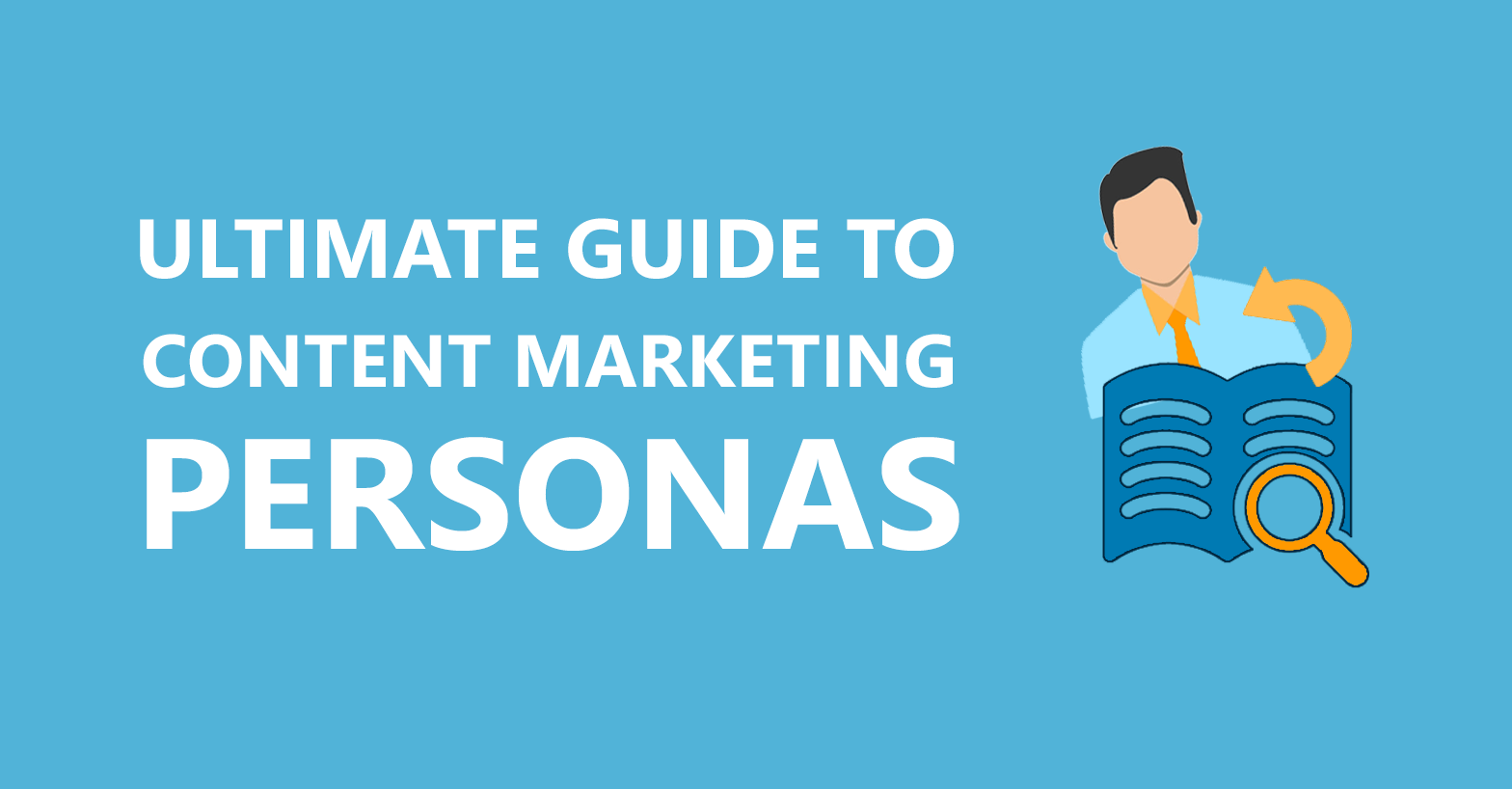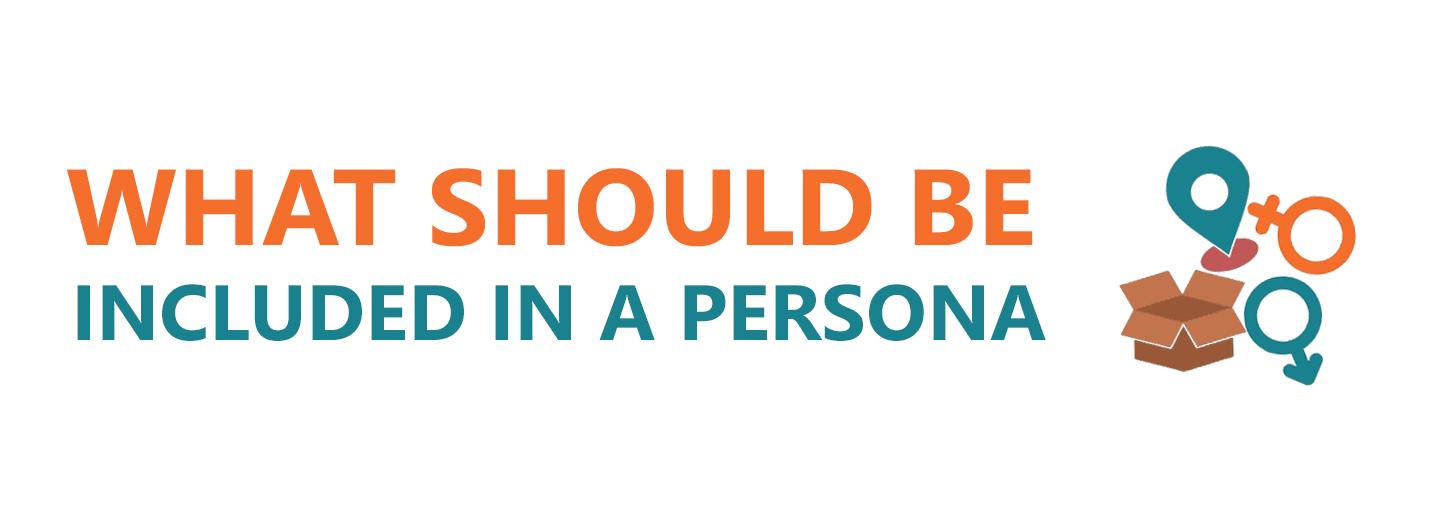
As a marketer, you have to make sure that you can understand your target audience, and this is something that a marketing persona can do.
In its core, a marketing persona can define customer segments and decision-makers.
Moreover, it’s used for shaping various marketing tactics such as content, marketing, and offers.
In this guide, we’ll be going in-depth about marketing personas, how you can create your own, and several others.

In the context of marketing, a persona refers to the ideal customers for your business which can be defined by any of these attributes:
In other words, a persona is simply a “fictional” representation of a real customer that is applied during the early stages of product redesign or development.
Regardless of your niche, a buyer persona is vital since without any knowledge of your ideal customers, you won’t be able to come up with an effective marketing strategy that will help you capture their attention.
When it comes to content marketing, a persona will be vital since it lets you figure out what type of content you want to offer your readers, instead of just creating a poorly written piece designed to “catch all” and hope that it will resonate with most of them.

There are actually several ways you can create a content marketing persona.
At first, the process can be overwhelming and intimidating.
This explains why several marketers tend to give up early on while some end up with half-formed personas that proved to be ineffective.
However, we don’t like the thought of you getting stuck, so we’ve broken down the entire process of creating a content marketing persona into simple steps so you can start off as soon as possible.
The very first thing you should do when creating a persona is to do research.
As much as possible, learn everything you can about your target audience.
For this, you want to use your analytics software to start doing research.
Start by gathering data about visitors who are visiting your site and reading your content.
These could include the following:
If you have social media data about your target audience, you’ll also be able to obtain even more detailed information such as the brands they’re engaging with, their likes and dislikes, and their online activity.
By using analytics, you’ll be able to have an overview of your audience.
This will also allow you to obtain some useful information, despite it being quite generic.
If you really want to know more about your audience, doing interviews would be a great option.
After you’re able to obtain information about your audience, the next thing you want to do is to look at those information in order to spot any trends in your customer base.
By doing so, you’ll be able to develop separate personas that can be really helpful when you start creating content for marketing purposes.
Also, the total number of personas you should create will depend on your business and audience.
For some, having just a single persona will do, but for others, having more is even ideal.
But in most cases, having around 3-5 personas will be enough.
With your gathered data, just look at the defining characteristics of your audience.
After that, start dividing them into groups.
For example, if you’re running a business that sells footwear, you can identify your groups as the following:
After you’re able to identify your main groups, you can then start fleshing out the details and create your own unique personas.
Right before you start working on the details of your target groups, you should first decide the type of information that should go into your personas.
For this, you want to create your own marketing persona template.
There’s actually no rule that dictates the type of information that should go into your persona.
You just have to make sure that it’s in line with your business and your goals.
To give you an idea, here are some example information you want to consider:
After you have successfully created a template, the next step is to use the data you’ve gathered from your research then fill out all of the details as accurately as possible.
Always keep in mind that your marketing personas should be based on the information you’ve obtained.
However, it’s also ideal to leave even just a little room for imagination, such as adding details like what kind of movies they watch, what beverage they prefer drinking, and so on.
Aside from that, it also helps a lot if your personals are visually attractive.
For this, you might want to work with a graphic designer so he can create your personas in a visually attractive manner.
After that, it’s time to start writing your marketing content.
Every time you write new content, make sure to decide which of your created personas you’re targeting.
Additionally, make your content appealing for them as possible.
Your ultimate goal is to answer their specific needs and challenges.
Once you’re in this step, you should be able to cement your personas as real characters in your mind.
For example, you can think about what “Ryan” needs to know about this or that instead of thinking about what content you should write that can relate to “him”.
As your audience starts growing and evolving, you want to adapt your personas as well.
The key here is to get into their heads every single time you write new content.

As we mentioned earlier, there’s really no rule that dictates what should and shouldn’t go into your marketing persona.
However, if you want to know which details you want to include while you’re creating yours, then the following could help:
Each time you make a decision about your business or just want to create new content as a marketing strategy, make sure you think about your marketing personas.
If you manage to do right by those customer personas you created, you’ll be able to create a solid relationship with your audience and boost your sales while establishing trust and brand loyalty.